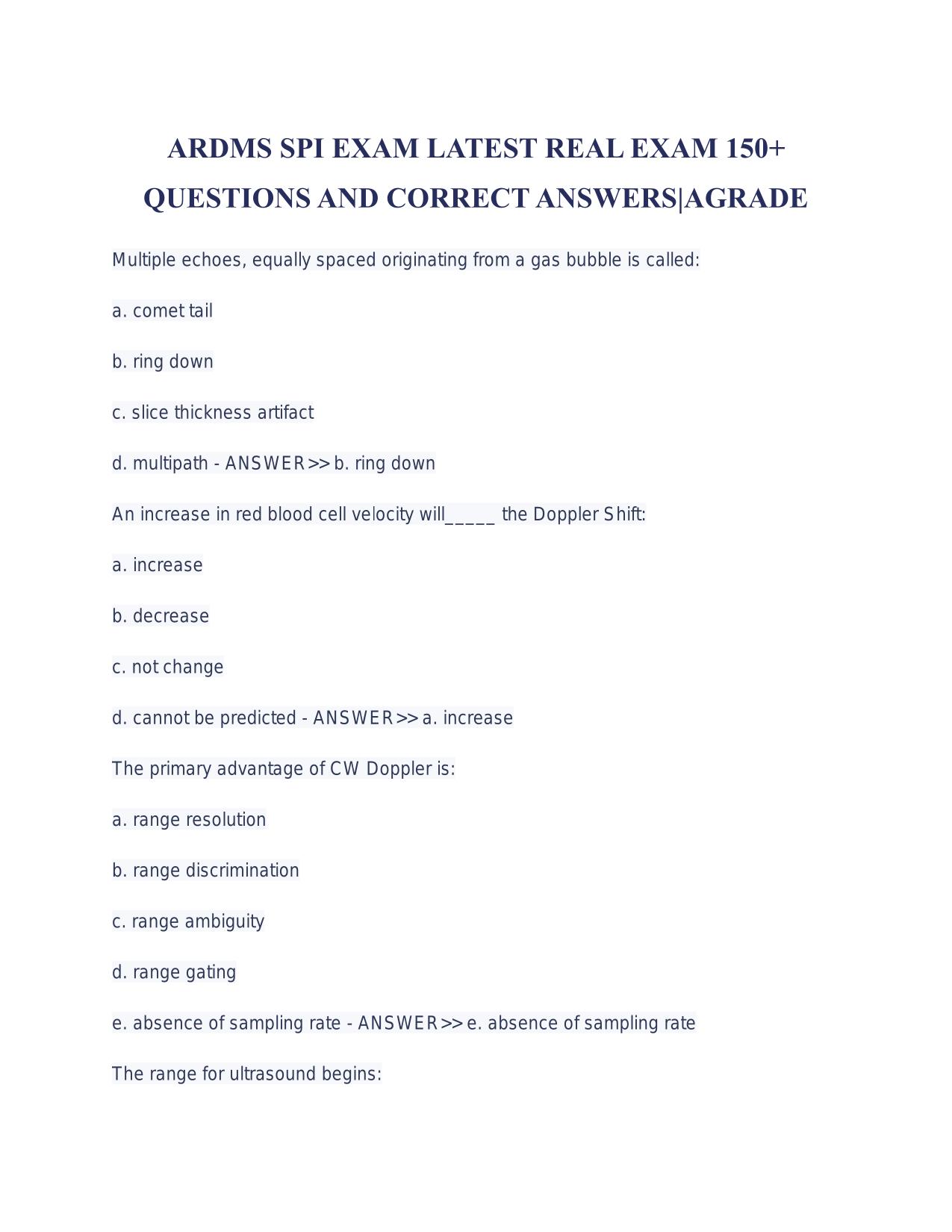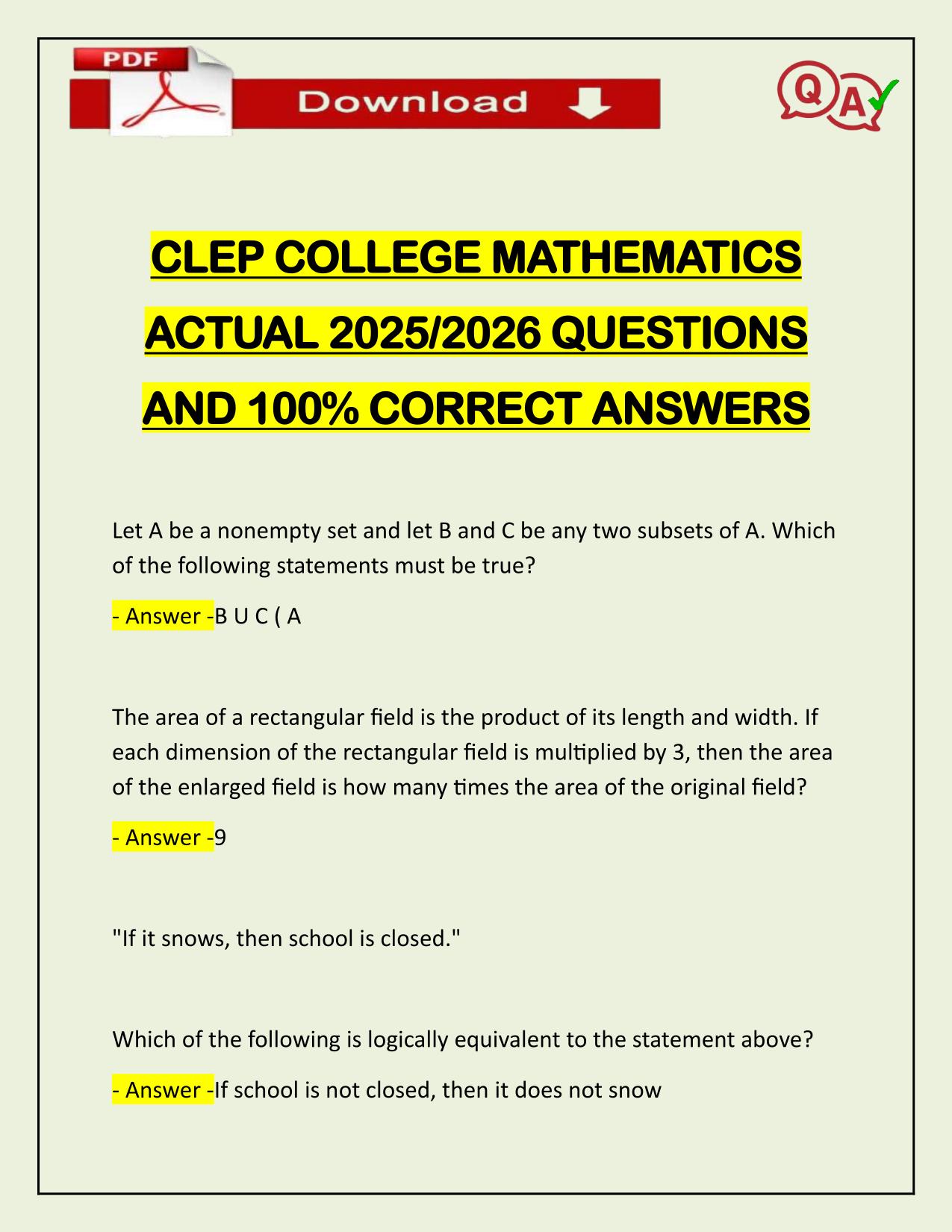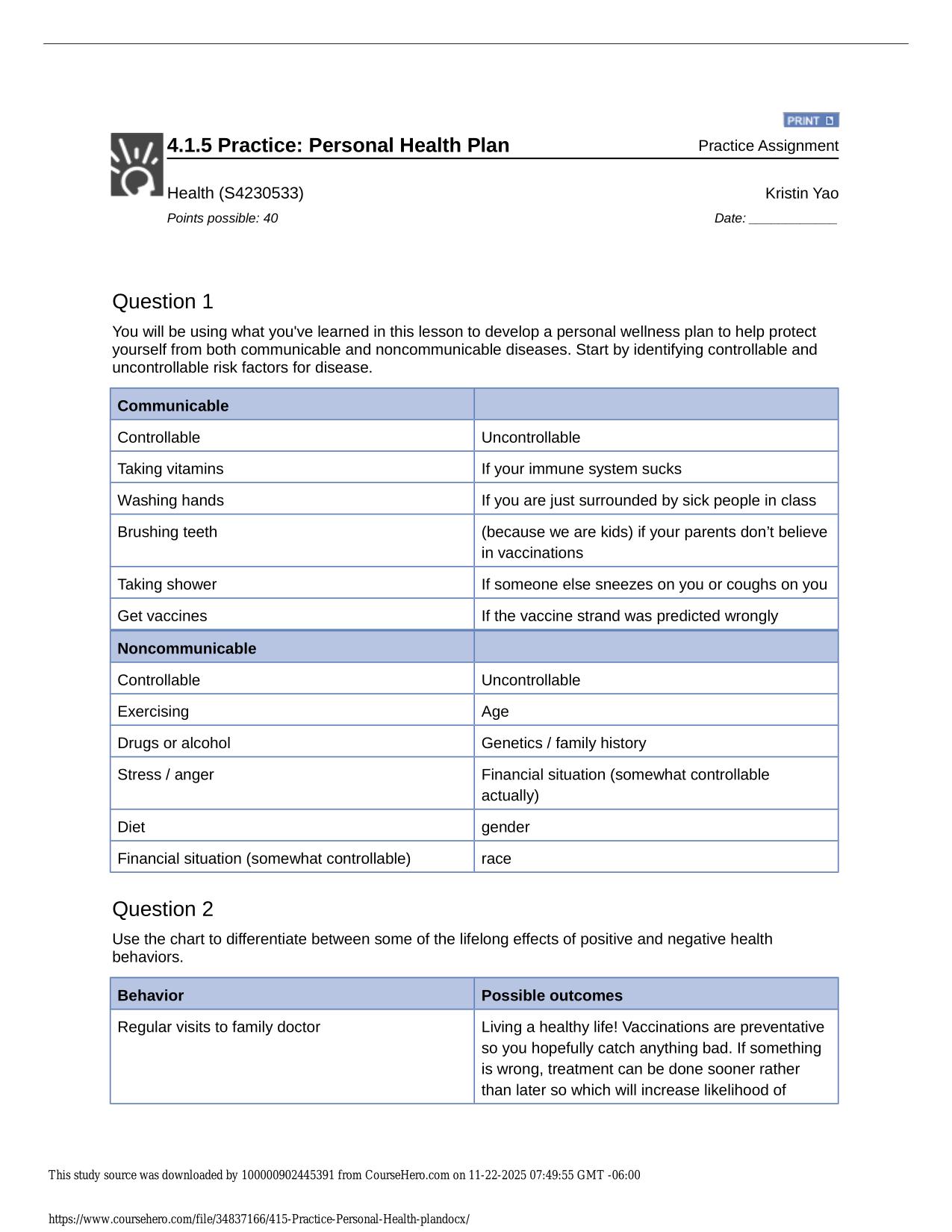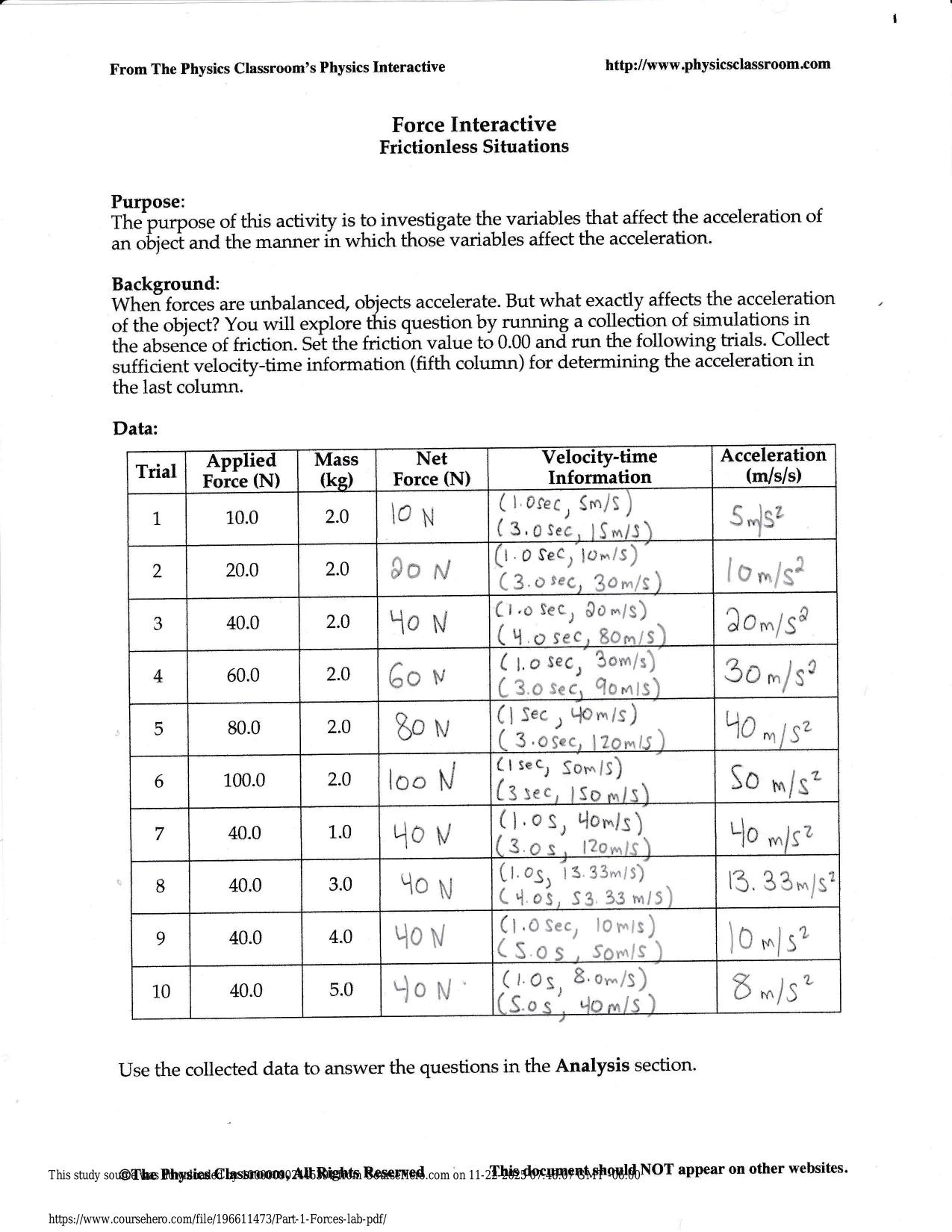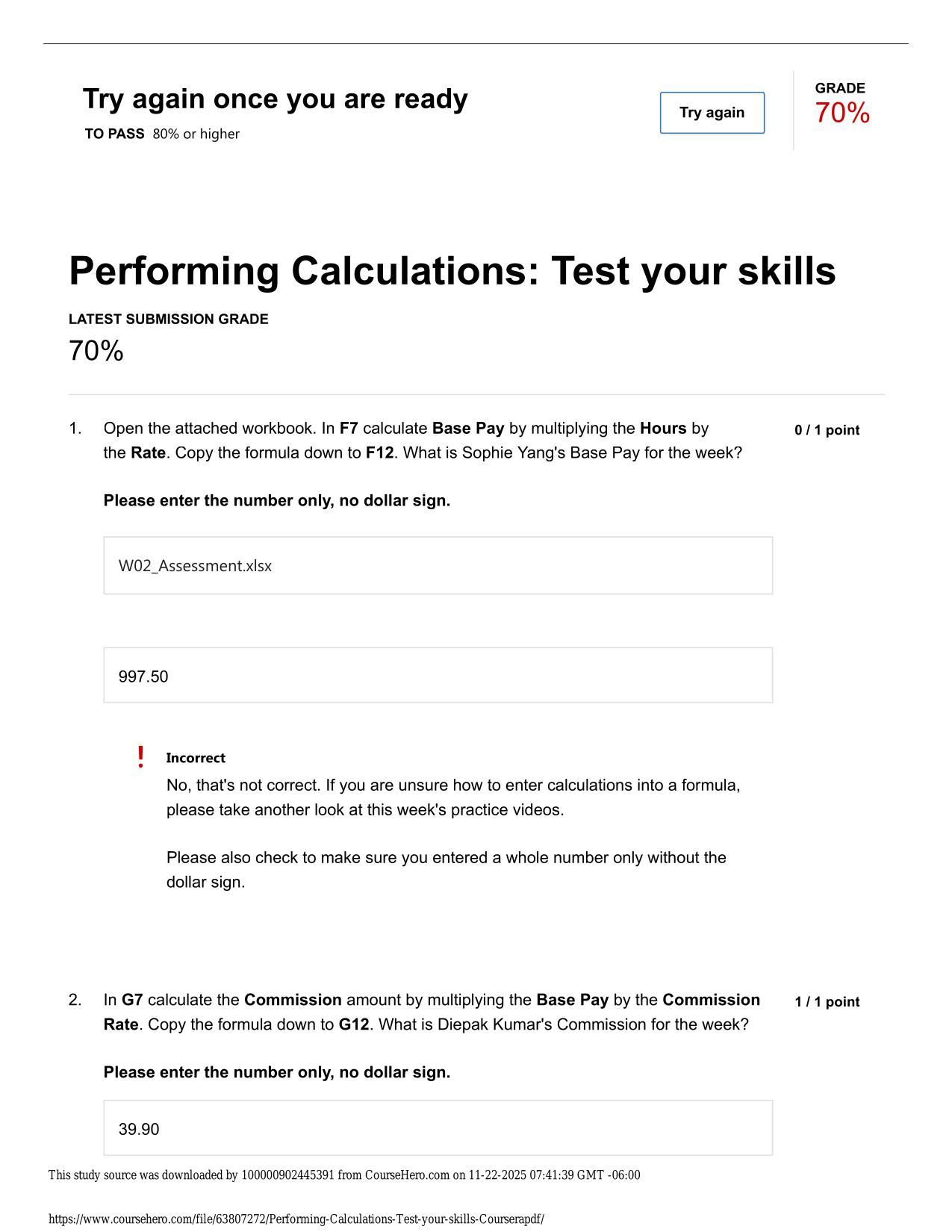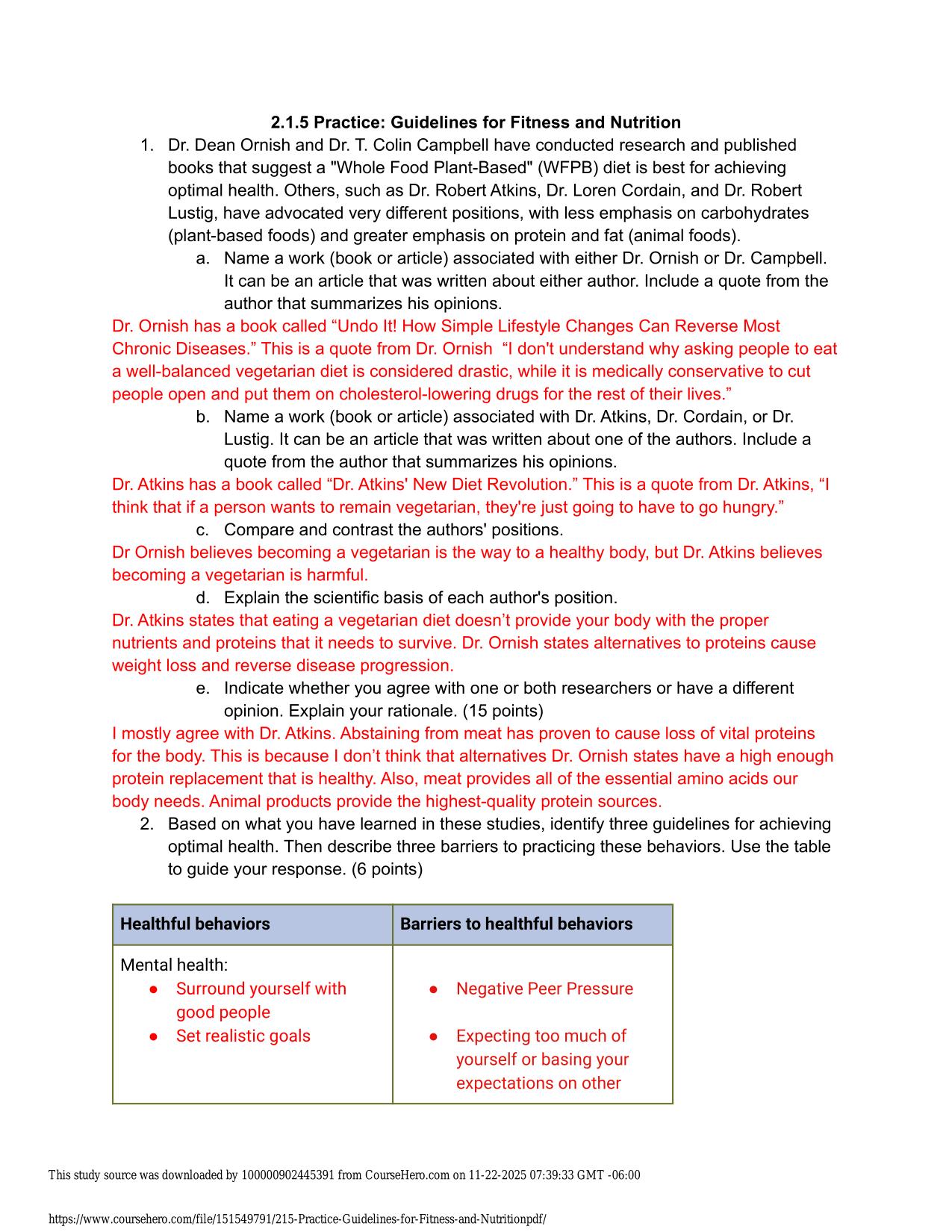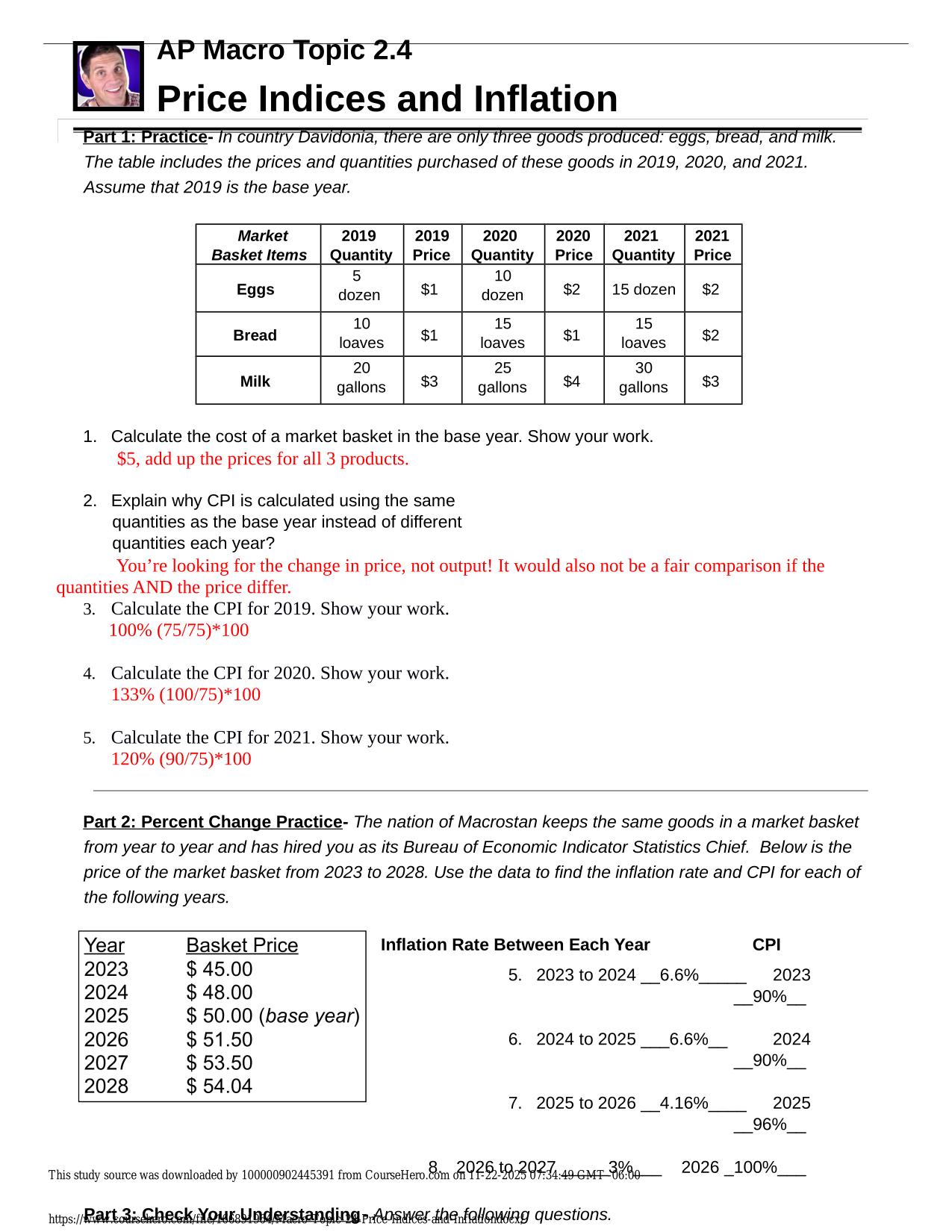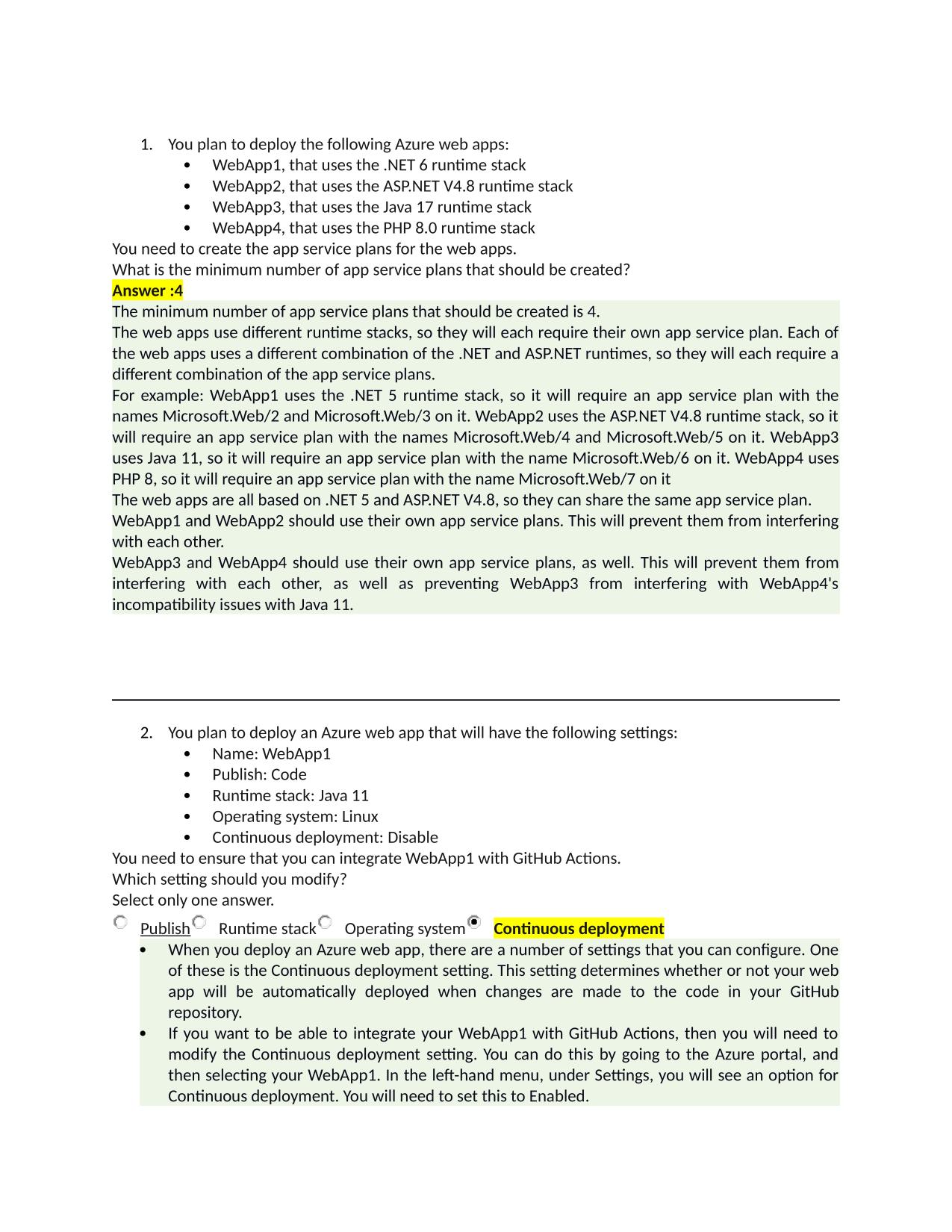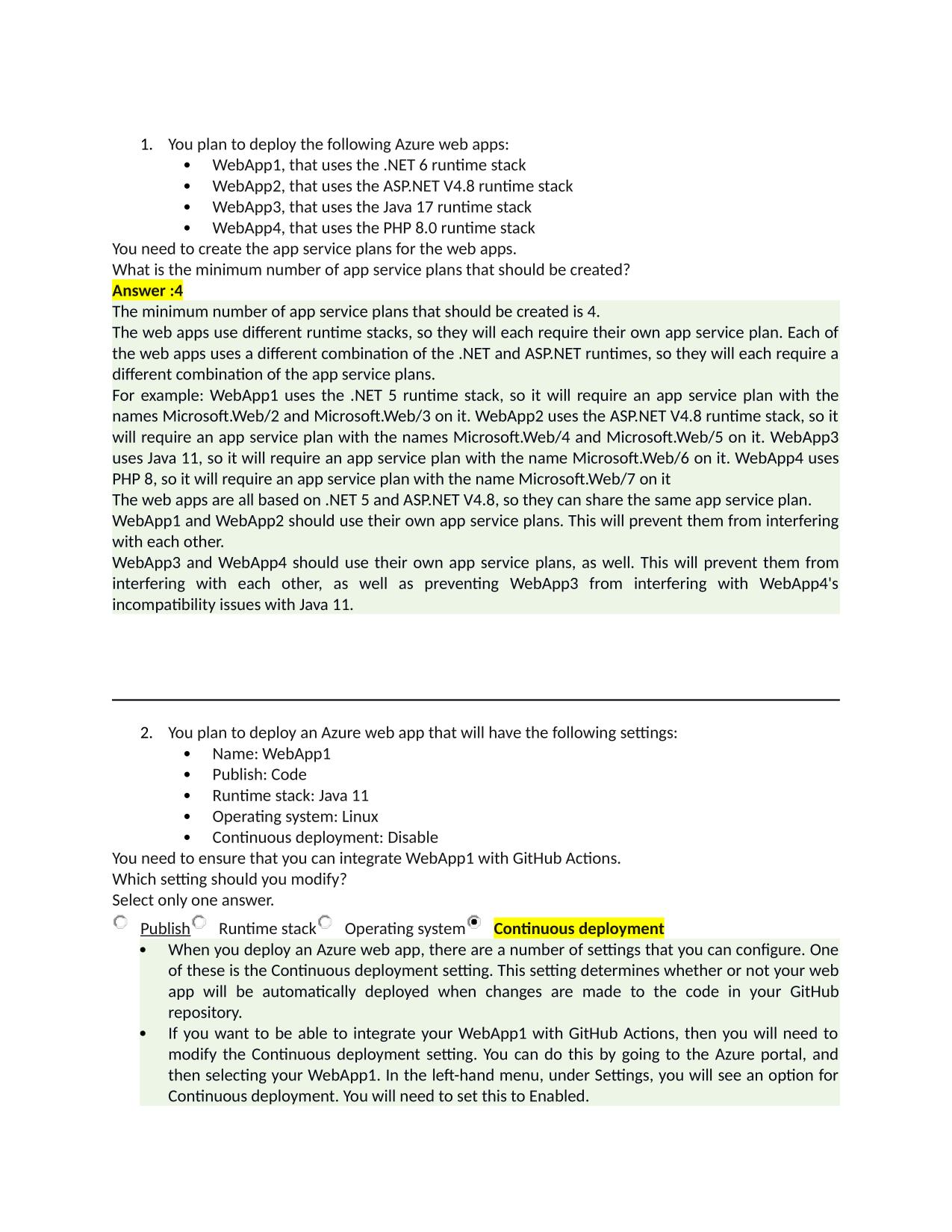ARDMS SPI EXAM LATEST REAL EXAM ACTUAL 2025/2026 150+ Q&As
Course:
ARDMS
Institution:
ARDMS
ARDMS SPI EXAM LATEST REAL EXAM 150+ QUESTIONS AND CORRECT ANSWERS|AGRADE Multiple echoes, equally spaced originating from a gas bubble is called: a. comet tail b. ring down c. slice thickness artifact d. multipath - ANSWER>> b. ring down An increase...
After purchase, you get:
✅ Instant PDF Download
✅ Verified answer explanations
✅ Refund if not Satisfied
✅ Prepared for 2025/2026 test cycle
Overview
Learners can track consistent themes across questions, improving pattern recognition for the real exam. You'll start noticing recurring concepts and question structures that appear throughout the test. This pattern awareness helps you anticipate what's coming next and approach questions more confidently. Students often find this big-picture understanding makes them feel more in control during the exam.
Who Is This For?
Ideal for students, instructors and professionals preparing for ARDMS SPI REAL ACTUAL / 150+ Q&As and related ARDMS exams. Many learners find this format helps them identify knowledge gaps quickly. The material works well for both individual study and classroom settings. A dependable tool for students preparing for quizzes, midterms, finals, and major exams that emphasize Exam (elaborations) knowledge. Many find it especially helpful during crunch time before big tests. The reliable format provides consistency across different study sessions.
Related Keywords
Detailed Study Description
Frequently Asked Questions
Document Information
| Uploaded on: | November 1, 2025 |
| Last updated: | December 12, 2025 |
| Number of pages: | 17 |
| Written in: | 2025/2026 |
| Type: | Exam (elaborations) |
| Contains: | Questions & Answers |
| Tags: | ARDMS SPI EXAM LATEST REAL EXAM 150+ QUESTIONS AND CORRECT ANSWERS|AGRADE Multiple echoes, equally spaced originating from a gas bubble is called: a. comet tail b. ring down c. slice thickness artifact d. multipath - ANSWER>> b. ring down An increase in red blood cell velocity will_____ the Doppler Shift: a. increase b. decrease c. not change d. cannot be predicted - ANSWER>> a. increase The primary advantage of CW Doppler is: a. range resolution b. range discrimination c. range ambiguity |
Seller Information

AdelineJean
User Reviews (0)
Exam (Elaborations)
$9.50
Add to Cart
100% satisfaction guarantee
Refund Upon dissatisfaction
Immediately available after purchase
Available in Both online and PDF
$9.50
| 0 sold
Discover More resources
Inside The Document
ARDMS SPI EXAM LATEST REAL EXAM 150+ QUESTIONS AND CORRECT ANSWERS|AGRADE Multiple echoes, equally spaced originating from a gas bubble is called: a. comet tail b. ring down c. slice thickness artifact d. multipath - ANSWER>> b. ring down An increase in red blood cell velocity will_____ the Doppler Shift: a. increase b. decrease c. not change d. cannot be predicted - ANSWER>> a. increase The primary advantage of CW Doppler is: a. range resolution b. range discrimination c. range ambiguity d. range gating e. absence of sampling rate - ANSWER>> e. absence of sampling rate The range for ultrasound begins: a. 20 Hz b. 20,000 Hz c. 2 MHz d. 15 MHz - ANSWER>> b. 20,000 Hz (useful frequency range for clinical imaging is 2MHz-10MHz) Which instrument control affects the amplitude (dB) of the outgoing signal: a. gain b. receiver gain c. TGC d. transmit gain e. overall gain - ANSWER>> d. transmit gain; amplitude can be affected by the sonographer Which of the following is used to convert Doppler shift information into color: a. high PRF b. fast Fourier transform c. autocorrelation d. time interval histogram - ANSWER>> c. autocorrelation b is incorrect because fast Fourier transform is the method used to process conventional Doppler shift information but is too slow a method for color Doppler Pulse repetition frequency - ANSWER>> Number of pulses that an ultrasound system transmits into the body each second. Hz. Typically 4-15 KHz. PRF and depth of a view are inversely related: When system is imaging deeper, the pulse repetition frequency is lower. Also the number of pulses created each second The best way to increase the near field length of an ultrasound beam is to: ANSWER>> increase transducer diameter The range of frequencies produced by a damped PZT element is called: a. fundamental frequencies b. Q Factor c. near field d. bandwith - ANSWER>> d. bandwidth The percentage of time that the ultrasound instrument is emitting ultrasound is called: a. PRF b. pulse duration c. pulse repetition period d. duty factor - ANSWER>> d. duty factor; the maximum value is 1, the minimum is 0 The unit of duty factor is: a. Hz b. mm c. ms d. unitless - ANSWER>> d. unitless Quality Factor= Fundamental frequency/ bandwidth - ANSWER>> This allows doses of different types of radiation to be compared for their biological effects. Clinical imaging transducers are: - ANSWER>> wide bandwidth; low q factor Power/area= - ANSWER>> Intensity Increasing wavelength will ___________ frequency. a. increase b. decrease c. not change d. cannot be predicted. - ANSWER>> b. decrease All of the following directly affect frame rate except: a. depth of penetration b. field of view c. number of focuses d. line density e. beam width - ANSWER>> e. beam width A reflection will occur at the boundary of two media if the acoustic impedences of the two media are: a. equal b. different c. unchanged
CourseHero & Studypool Unlocks
Get Unlocked CourseHero and Studypool documents files instantly to your email, simply by pasting your link and clicking "Unlock Now". Learn more on how to unlock here.
